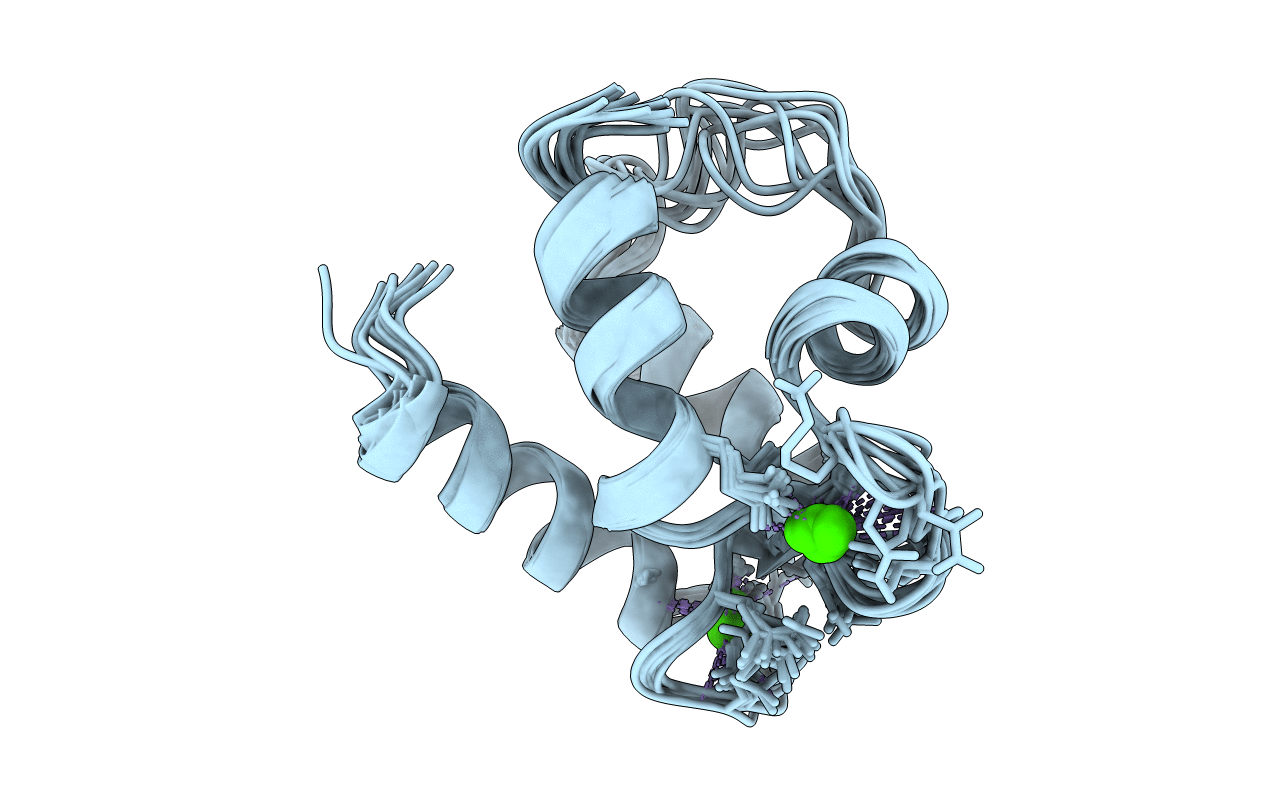
Deposition Date
1998-11-20
Release Date
1998-11-25
Last Version Date
2025-03-12
Method Details:
Experimental Method:
Conformers Calculated:
10
Conformers Submitted:
10
Selection Criteria:
ALL CONFORMERS USED


